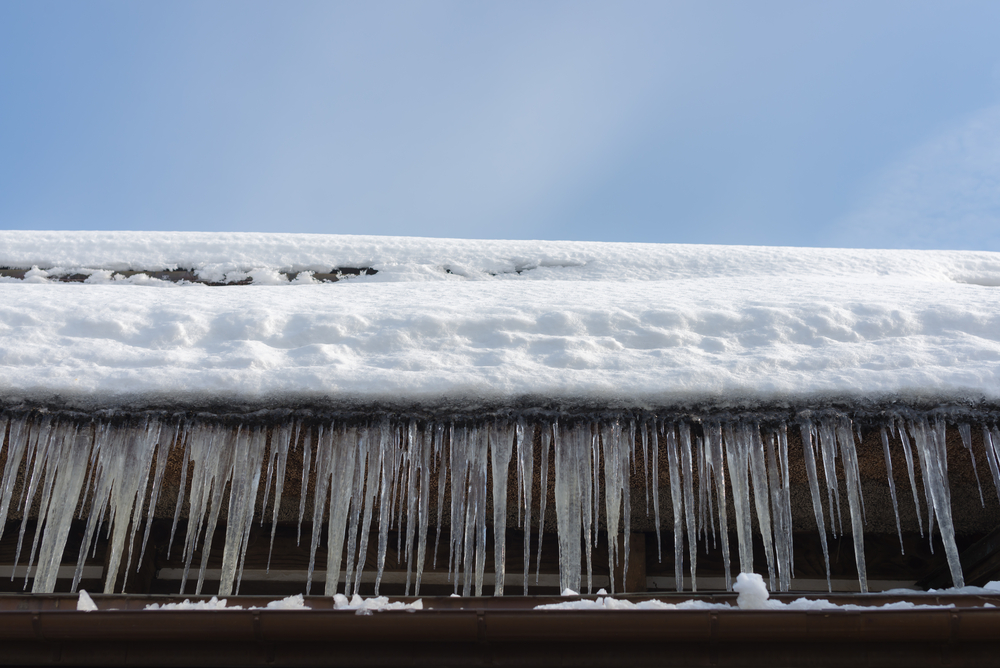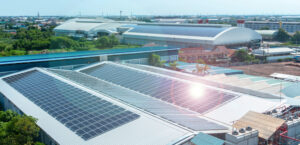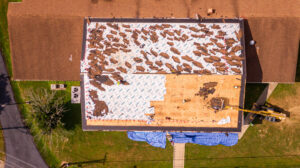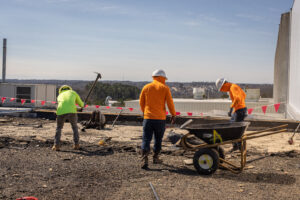Roof ventilation, while often overlooked, is a critical component of commercial building maintenance. It plays a pivotal role in maintaining the longevity of your roof and the overall health of your building. But what exactly is roof ventilation, and why is it so important? In this comprehensive guide, we will delve into the intricacies of commercial roof ventilation, its benefits, types, potential problems due to poor ventilation, and solutions. We aim to provide you with a thorough understanding of this essential aspect of commercial roofing, enabling you to make informed decisions about your building’s maintenance and care.
What is Roof Ventilation?
Commercial roof ventilation is essential for several reasons. It helps regulate temperature and moisture levels, preventing the buildup of heat and humidity. This regulation is crucial in preventing damage to roofing materials, reducing energy costs, and maintaining a comfortable indoor environment.
Without proper ventilation, the trapped heat can cause the roof’s temperature to skyrocket during the summer months, leading to an increase in the building’s overall temperature. This can result in higher energy costs as air conditioning systems work overtime to cool the building. In the winter, poor ventilation can lead to condensation buildup, which can damage the roof’s structure and insulation, leading to costly repairs.
To understand how insulation fits into the broader context of commercial roofing, you might find this article on the role of insulation in commercial roofing helpful.
Why is Roof Ventilation Important?
Proper roof ventilation offers numerous benefits. It extends the lifespan of your roof by preventing the accumulation of heat and moisture that can cause warping, rotting, and other damage to the roofing materials. It also helps prevent the formation of ice dams in colder climates and reduces energy consumption by promoting energy efficiency.
By allowing a continuous flow of air through the attic, ventilation systems help to remove excess heat and moisture, protecting the roof structure and materials from premature deterioration. This can significantly extend the lifespan of your roof, saving you from costly repairs or replacements down the line. The Occupational Safety and Health Administration (OSHA) has guidelines for ventilation in commercial buildings. Refer to the OSHA Guidelines for Commercial Buildings for safety standards.

Types of Roof Ventilation
There are several types of commercial roof ventilation systems, each with its own set of advantages:
Ridge Vents: These vents are installed along the ridge line of a roof, allowing hot air to escape from the attic. They are designed to blend in with the roof’s aesthetic, making them a popular choice for commercial buildings.
Soffit Vents: These are installed in the eaves of the roof, allowing fresh air to enter the attic. They work in conjunction with ridge vents, creating a flow of air that helps to regulate the attic’s temperature.
Eave Vents: Similar to soffit vents, these are installed in the eaves, but are typically larger and allow more air to enter the attic. They are particularly effective in larger commercial buildings.
Power Vents: These are electrically powered vents that actively expel hot air from the attic. They are equipped with thermostats and humidistats to regulate the attic’s temperature and humidity levels.
Static Vents: Also known as box vents, these are installed near the roof ridge and allow hot air to escape passively. They are a cost-effective solution for smaller commercial buildings.
Breathable Roofing: This innovative roofing material allows air to pass through, promoting ventilation. It’s an excellent option for new constructions or when replacing an entire roof.
To understand how these systems fit into the broader context of commercial roofing, you might find it helpful to explore these 5 best commercial flat roof types.

Problems with Poor Roof Ventilation
Poor roof ventilation can lead to several problems:
Roof Leaks: Excessive heat can cause roofing materials to warp and crack, leading to leaks. These leaks can cause water damage to the interior of the building and can be costly to repair.
Ice Dams: In colder climates, inadequate ventilation can lead to the formation of ice dams, which can cause significant damage. Ice dams occur when heat from the attic melts the snow on the roof, which then refreezes at the eaves, creating a dam that prevents water from draining off the roof.
Mold Growth: Excessive moisture can lead to the growth of mold, which can be hazardous to health and can damage building materials. Mold remediation can be a costly and time-consuming process.
Damage to Roofing Materials: Heat and moisture can cause premature aging and damage to roofing materials, leading to costly repairs or replacement. This can significantly shorten the lifespan of your roof.
Solutions for Poor Roof Ventilation
Addressing poor roof ventilation involves several strategies:
Installing Roof Vents: The most direct solution is to install or upgrade roof vents to improve airflow. This should be done by a professional roofer to ensure proper installation and effectiveness.
Sealing Up Leaks: Any leaks in the roof or attic should be sealed to prevent moisture intrusion. This includes sealing around chimneys, skylights, and other roof penetrations.
Cleaning Gutters and Downspouts: Regular cleaning ensures that water can flow freely off the roof, reducing the risk of moisture buildup. Clogged gutters can cause water to back up and seep into the roof structure, leading to damage.
Increasing Attic Insulation: Proper insulation can help regulate temperature in the attic, reducing the need for ventilation. It also helps to improve the building’s overall energy efficiency.
Discover why it’s crucial to invest in a commercial roof maintenance plan in this detailed article.
Cost of Roof Ventilation
The cost of commercial roof ventilation varies depending on the type of ventilation system you choose and the size of your roof. While there is an upfront cost associated with installing or upgrading a ventilation system, it’s an investment that can lead to significant savings in the long run by reducing energy costs and prolonging the life of your roof.
The importance of commercial roof ventilation cannot be overstated. By properly ventilating your roof, you can help to prevent a number of problems, including roof leaks, ice dams, and mold growth. It’s an investment in the longevity and health of your commercial building. Always consult with a professional roofer to ensure your ventilation system is adequate and properly installed. With the right ventilation system in place, you can protect your investment and ensure the longevity of your commercial building.
If you’re wondering about the differences between commercial and residential roofing, this article on commercial vs. residential roofing can provide some insights.






